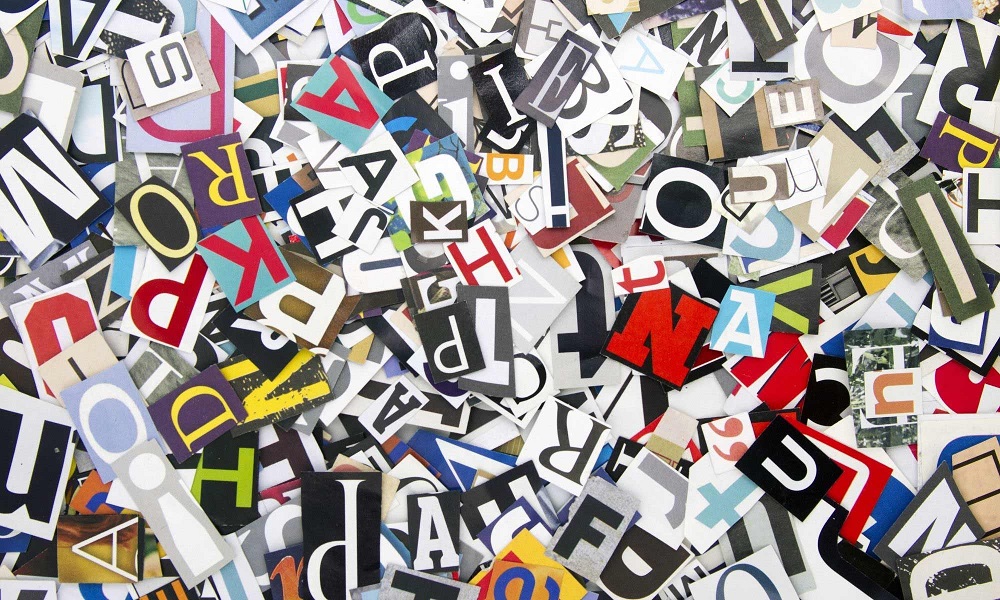Typography emerges as a silent but powerful force in the enormous online design world, where aesthetics and practicality converge. The arrangement of typefaces, fonts, and textual components to convey a message and produce an engaging user experience is both an art and a science. Typography can sway opinions, arouse feelings, and direct visitors to a website’s content. Typography can improve a website’s aesthetic appeal and usability by communicating information, expressing emotions, and more. In this article, we’ll look at the importance of typography in web design and how it may improve a company’s online visibility.
The Perfect Combination of Style and Usability
Finding the ideal balance between appearance and utility is what typography is all about—it’s more than just choosing fonts and positioning text. Leading web design agency Altlier is adept at producing aesthetically pleasing and user-friendly websites. It delivers memorable digital experiences with a team of talented developers and designers and a focus on typography. It makes organizations stand out in the digital environment by skillfully incorporating carefully chosen typefaces into their designs.
Typography’s Effect on User Experience
-
Readability
Increasing text’s readability is typography’s primary goal. Users may easily read the material without having to strain their eyes if the font, size, and spacing are chosen properly. A high-quality web design prioritizes legibility and chooses clear and readable fonts on various devices.
-
Brand Identity
Typography is crucial in creating a company’s identity. A unified and recognizable brand image is created using the same font across all media. It uses a typeface that complements the company’s personality since brand consistency is vital for increasing brand awareness and recognition.
-
Visual Hierarchy
Typography aids in establishing a visual hierarchy on a website, guiding users through the content. Designers can draw attention to critical components and establish a structured flow using various font sizes, weights, and colors. The adept designers expertly use typography to focus user attention and improve the overall user experience.
-
Emotional Impact
Typography has the power to evoke emotions and set the tone of a website. Different fonts communicate various attitudes and moods, enabling designers to establish a particular atmosphere. A skilled designer carefully chooses typefaces that align with the emotional impact intended for a website, ensuring that the design is appealing to the intended audience.
Conclusion
Typography is a powerful component in web design that can elevate even the most mundane page. Businesses can improve user experience, build brand identity, and develop a visually appealing online presence by utilizing typography efficiently. By harnessing the potential of typography, designers can elevate their designs to new heights and effectively communicate their message to a global audience.


